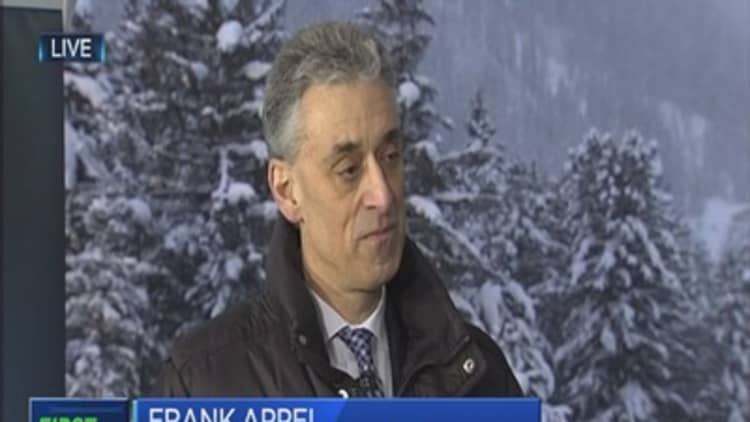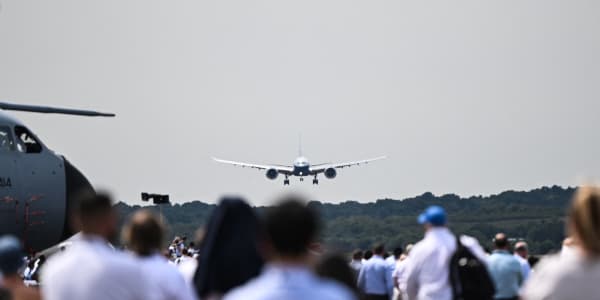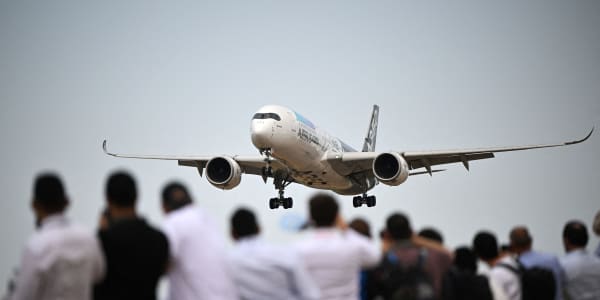How quickly are you going to be able to get something delivered by drone? Well that depends where you live.
U.S. and Chinese citizens are likely to see deliveries via the flying machines sooner than their counterparts in Europe, but it's unlikely to be nationwide with regulation still remaining restrictive, though key developments have happened in the past few weeks.
Towards the end of June, the Federal Aviation Administration (FAA) issued new rules on unmanned aerial vehicles (UAV). The key points were that drones:
- Must weigh less than 55 pounds
- Need to remain in the visual line-of-sight of the operator
- Can have a maximum altitude of 400 feet above ground level
These rules appear to shoot dead - for now - Amazon's drone delivery system - known as Prime Air.
Nonetheless, the FAA's ruling was a landmark, decriminalizing drones and potentially paving the way for a loosening of regulation in the future.
Europe behind?
In the European Union (EU), drone rules are fairly nascent and different across the 28-member states. The European Commission, the EU's executive arm, has tasked the European Aviation Safety Authority (EASA) with coming up with rules for the bloc.
In a document published last year, the EASA proposed organizing drones first into different categories - from low to high risk depending on their functionality and size - and then assigning each category different rules.
While the proposals do not specifically refer to delivery drones, an image in the document shows a UAV with a parcel attached under the "specific" category. Under this category, the EASA said:
- It could expect these drones to be used out of the visual line-of-sight of the operator
- The pilot would require a license by a national aviation authority
The EASA's suggestions are now law and it's up to the Commission now to move forward and draft them into legislation, to create harmonized rules across the EU. The divergence in regulation can be explained by the geographical difference between the U.S. and EU, experts said.
"If you look at (the) distribution network in (the) U.S. where people are distributed over larger spaces and there is less urbanization in certain areas, you can see a more compelling case for drones for delivery. Naturally regulations will follow that," Glynn Bellamy, head of aersopace at KPMG, told CNBC by phone.
"I think in Europe it's a more dense population so there is need for tighter regulation because it's a more congested airspace."
Trials promising
Industry watchers see drones being able to deliver anything from packages ordered online to medicine and food in disaster zones.

The frustration of technology companies towards drone regulations still has not stopped them trialing the technology to achieve this goal. Amazon is testing drones in the U.K., Canada and the Netherlands, while Google is trialing the technology in Australia.
And there have been some real-world use cases so far too. A start-up called Flirtey earlier this year carried out the fully autonomous first FAA-approved drone delivery. It dropped off a package of bottled water, first aid kit and food to an area of Hawthorne, Nevada.
In China, one of the country's biggest online retailers JD.com, is currently doing some deliveries by drones.
Privacy, safety worries
Some of the recent incidents involving drones could be behind regulators' reluctance to relax the laws. Last year, a drone crashed on the White House lawn, and in April, a drone hit a British Airways flight as it was landing at London's Heathrow Airport.
Many consumer drones also come with cameras on them which has also raised privacy concerns. And another worry is that these drones could be hacked, leading to potentially fatal outcomes. Because of these worries, we're likely to see drones dropping off parcels, in the very near-future, but not on a large scale.
"There are a lot of technical concerns as well as regulatory concerns around aviation. My projection is all these things are solvable," John Schmidt, head of aerospace and defense at Accenture, told CNBC.
"If we look in two or three years will we see deliveries? Yes, but not nationwide. They will be where they make sense. It will be difficult remote sites."
Follow us on Twitter: @CNBCWorld





